
Lessons
Each inquiry-based lesson should take approximately 3 to 4 45-minute class sessions.
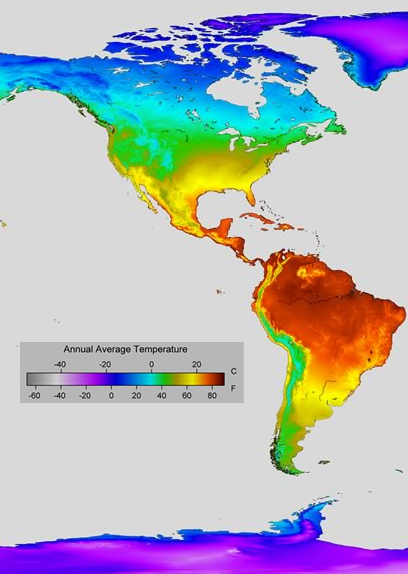
Climate: How is Climate Really Changing?
Task: Students identify long-term temperature trends in their home state, across the U.S., and globally, then forecast future temperatures.
Writing: Students rebut a false claim about climate change, using evidence from their analysis.
NGSS Core Idea: ESS3.D: Global Climate Change
Download PDF: Teacher Guide
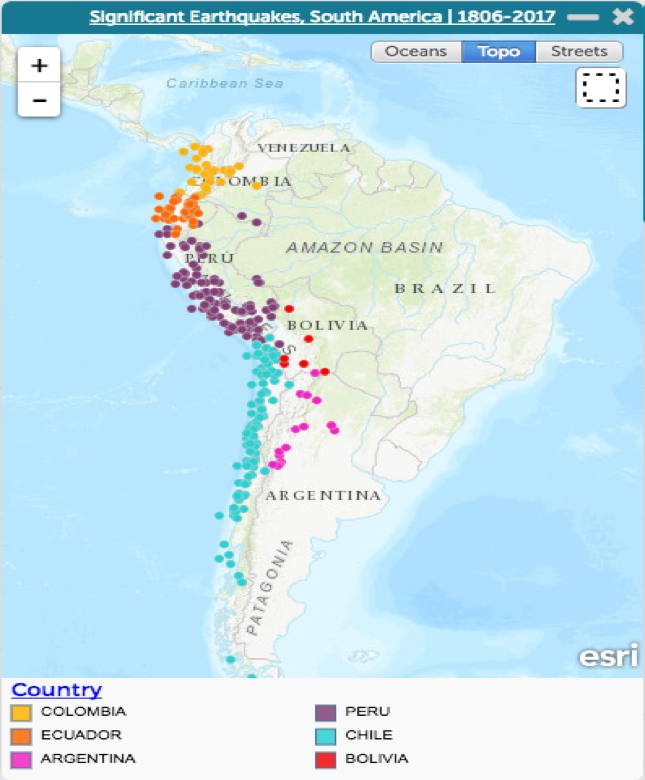
Tectonics: Where Will the Next Big Earthquake Hit?
Task: Students analyze historical data on earthquakes, infrastructure, and population in six South American countries to determine the region of highest risk.
Writing: Students write a memo to the mayor of the city they think is at greatest risk from a major earthquake, and cite evidence to support their claim.
NGSS Core Idea: ESS2.B: Plate Tectonics and Large-Scale System Interactions
Download PDF: Teacher Guide

Exoplanets: Where Will We Find the Next Earth?
Task: Students analyze data to identify the three most promising “Earth-like” planets discovered by NASA’s Kepler telescope.
Writing: Students recommend to NASA which exoplanet is the best choice for further exploration in the search for habitable worlds beyond Earth.
NGSS Core Idea: ESS1.B: Earth and the Solar System
Download PDF: Teacher Guide
Biology
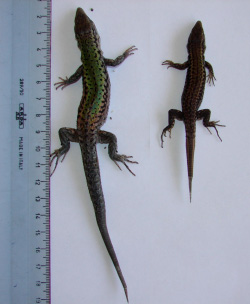
Population Divergence: How Are Island Lizards Changing in the Skyros Archipelago?
Task: Students analyze anatomical and behavioral data for Skyros Wall Lizards to determine how differences in predation contribute to size differences between island and mainland populations.
Writing: Students describe how the selective pressure of predation promotes variability in Skyros wall lizards, and use data to support their claim.
NGSS Core Idea: LS4.C: Adaptation
Download PDF: Teacher Guide
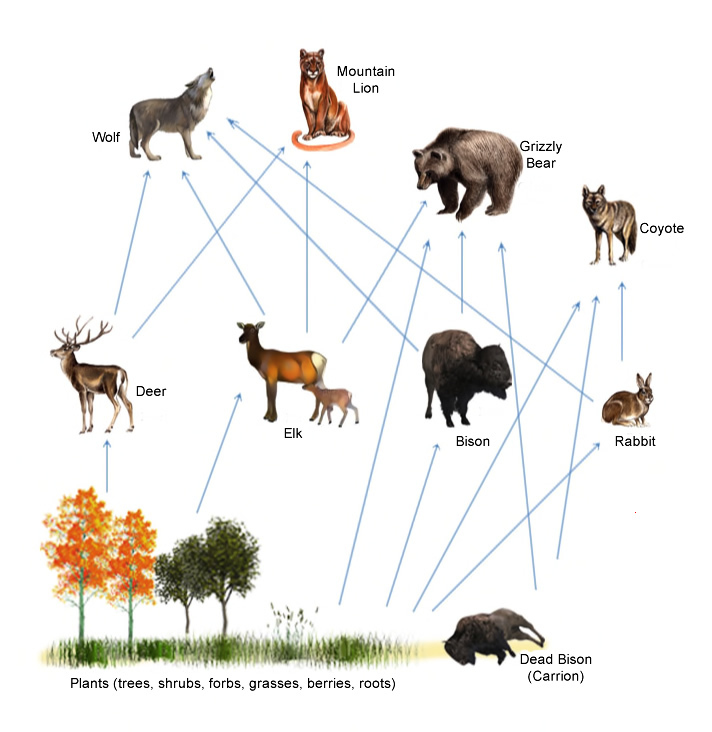
Trophic Cascades: What Happened When Wolves Were Reintroduced to Yellowstone?
Task: Students analyze population data on wolves, elks, bears, berries and aspen trees to determine how the reintroduction of wolves into Yellowstone Park affected other animals and plants in the ecosystem.
Writing: Students explain how the reintroduction of wolves into Yellowstone led to a ‘trophic cascade affecting many other animals and plants in the ecosystem.
NGSS Core Idea: : LS2.C: Ecosystem Dynamics, Functioning and Resilience
Download PDF: Teacher Guide
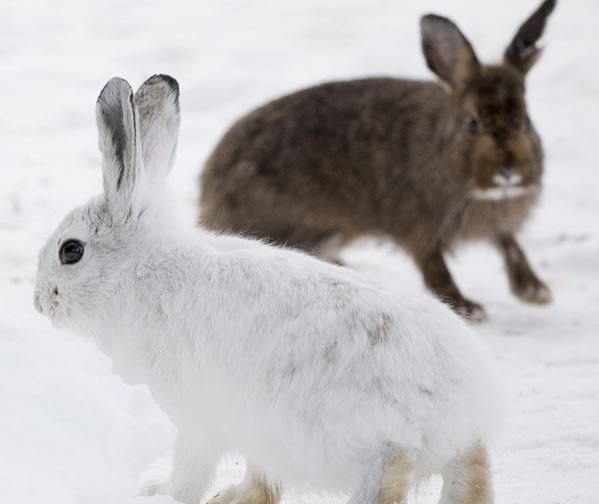
Polymorphism: How Will Snowshoe Hares Survive a Changing Climate?
Task: Students use data to determine how snowshoe hares are responding to decreased snow cover.
Writing: Students write a letter to the US Fish and Wildlife Service recommending where conservation measures should be put in place, and use data to support their decision.
NGSS Core Idea: HS-LS2-6 to 8 Ecosystems: Interactions, Energy, and Dynamics
HS-LS3-1 & 2 Heredity: Inheritance and Variation of Traits
Download PDF: Teacher Guide
© Copyright 2022. All rights reserved.
Terms of Service & Privacy Policy




